Polysinusotomy
Polysinusotomy is a surgical intervention that is performed simultaneously on several paranasal sinuses on both sides.
This approach allows us to minimize the traumatic nature of the procedure and eliminate the need for external incisions on the face. Endoscopic polysinsotomy is also known as the FESS method.

specialists

equipment

treatment
Types of polysinusotomy
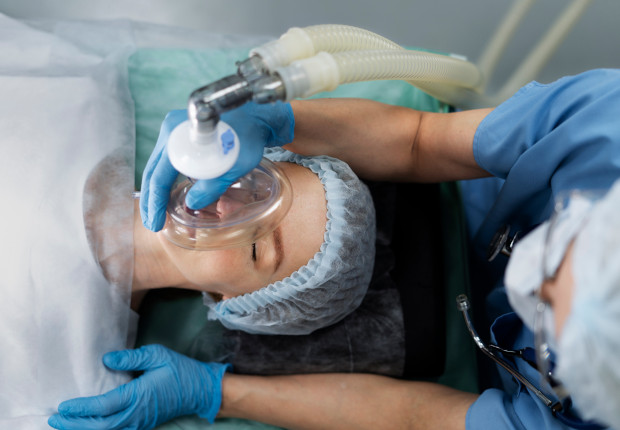
There are 2 types of this procedure. In particular, it is classical and endoscopic.
This method is used when there is a need to remove significant amounts of diseased tissue or cysts. During the process, the surgeon makes incisions in the cheek area or above the upper lip. Sometimes, to improve drainage and ventilation, it is necessary to remove part of the bony wall of the sinus. After removing obstructions and diseased tissue, the incisions are sutured.
The operation is performed under general anesthesia. The rehabilitation period lasts several weeks. The main advantage of the classical operation is the possibility of complete excision of the affected tissue. This is especially true against the background of serious anatomical changes, as well as in the presence of large cysts. The main disadvantage of this method is the greater risk of complications (bleeding, infections).
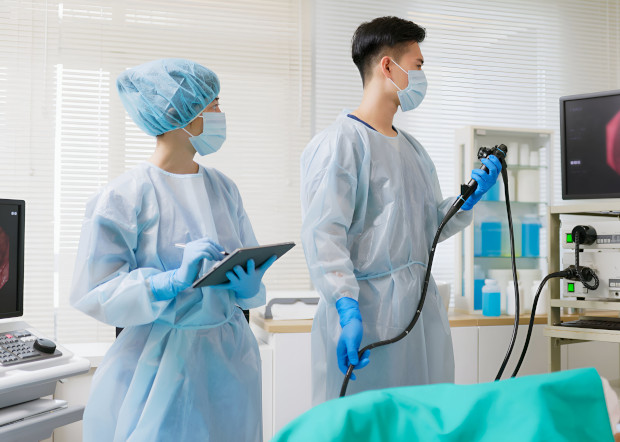
When performing nasal endoscopy, the doctor precisely removes damaged tissue without affecting the healthy mucous membrane. This procedure is performed under local anesthesia and does not require the patient to be in the hospital.
Endoscopic polysinsotomy is performed using a thin flexible instrument - an endoscope equipped with a camera and light, which is inserted through the nasal passages. This is what allows you to avoid external incisions and significantly reduce the recovery period after surgery. Depending on the complexity of the case, the procedure lasts from 30 minutes to several hours.
General information
How is polysinusotomy performed?
Polysinusotomy is performed in a specialized ENT operating room. The patient is in a sitting or lying position. Local anesthetics are used to numb the nasal mucosa, and if necessary, general anesthesia is used.
The process of endoscopic polysinsotomy looks like this:
- Inspection of the sinuses. Using a flexible endoscope with a video camera inserted through the nasal passages, the doctor examines each affected sinus in detail.
- Resection. Using specific instruments, the doctor carefully removes the enlarged mucous membrane and polyps. Unlike open surgery, complete tissue removal is not required.
- Stop bleeding. In case of bleeding, cauterization of blood vessels is used. After this, in order to reduce blood flow, they are treated with an adrenaline solution.
- Rinse of sinuses. Treatment of sinuses with antiseptics helps destroy infection and relieve inflammation.
- Installation of drains. At the end of the operation, tampons with iodopyrone are placed in the sinuses and removed through the nostrils. This is required to drain fluid and purulent contents.
In classic polysinsotomy, an open approach is used. Through the upper jaw the doctor gains access to the maxillary sinuses, and through the destroyed area of the ethmoid bone - to the sphenoid and ethmoid sinuses.
To access the frontal sinuses, the specialist makes an incision above the brow ridge. Then he removes the affected mucous membrane, rinses the sinuses with an antiseptic, installs drains and applies sutures.
Preparing for surgery
Preparation for the planned operation begins 1-2 weeks before the upcoming intervention. During this period, the patient is prescribed various laboratory and diagnostic procedures. This is required to accurately diagnose the disease and check that there are no contraindications to surgery.
The process of preparing for polysinsotomy looks like this:
- Consultation with an otolaryngologist. The doctor meets with the patient, collects information about his health and illness, learns about complaints and symptoms.
- Visualization. CT, MRI and endoscopic rhinoscopy are used to assess the condition of the affected areas.
- General clinical examination. Before the operation, the patient is examined by a therapist and has an ECG.
- Preoperative preparation. A week before the procedure, the patient is prescribed topical glucocorticoids in the form of nasal drops. In addition, after consultation with a doctor, antiplatelet drugs are discontinued.
If the operation is planned under general anesthesia, a light dinner is allowed the evening before the procedure (you should refrain from eating in the morning). During local anesthesia, a light breakfast is acceptable (3-4 hours before the start of the intervention).
In the operating room, before the procedure begins, vasoconstrictor drops are injected into the patient’s nose and accumulated mucus is removed using an electric suction.
Possible complications and rehabilitation after surgery
Complications due to polysinusotomy appear in 3-5% of cases. Most problems arise when using the traditional surgical approach.
Common complications include:
- Bleeding from the wound. This occurs due to damage to blood vessels during surgery. To stop bleeding, a coagulator or chemical hemostasis is used.
- Perforation of the orbital wall. This complication occurs when the doctor makes excessive efforts during surgery. In this case, consultation with an ophthalmologist and, possibly, bone grafting are required.
- Purulent processes. Develop as a result of insufficient antimicrobial treatment during or after surgery. Treated with antibiotics and wound revision.
After endoscopic surgery, patients usually return home the same day. After a classic operation, a person remains in the hospital for 5-7 days.
The standard rehabilitation period after polysinusotomy is 10 days. At this time, you should avoid heavy physical activity, follow a gentle diet, and eat warm, soft food. To avoid causing bleeding, you should also avoid alcohol and nicotine.
In addition, in the first days after surgery, it is important to maintain nasal hygiene. You should not remove crusts yourself or blow your nose too much after removing tampons. To moisturize the mucous membrane, it is recommended to use special drops and ointments. Tissue swelling usually decreases within the first two days. After this, breathing becomes much easier.
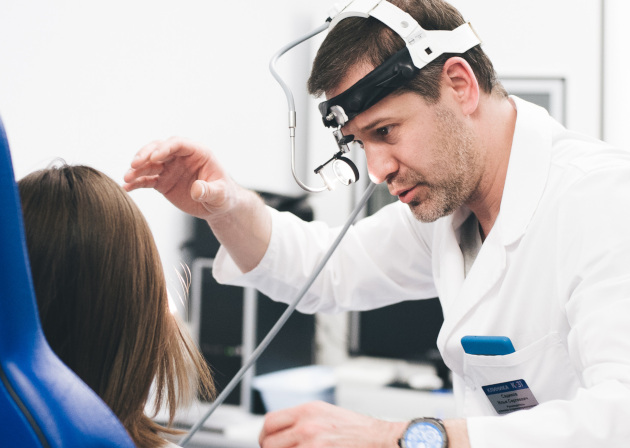
How is an appointment with an otolaryngologist at K+31?
Polysinusotomy at the K+31 clinic
Clinic "K+31" in Moscow provides a full range of medical services. Here you can undergo primary diagnostics and receive comprehensive medical care. In their work, the clinic's doctors use high-tech equipment (for example, Karl Storz and Olympus).
This ensures the safety of surgical interventions. Having a 24-hour emergency room and our own certified laboratory allows us to guarantee the efficiency and accuracy of research.
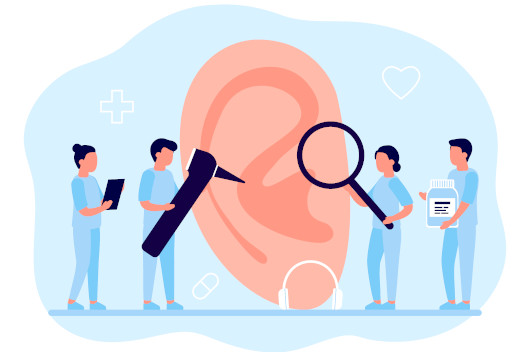
Our doctors

This award is given to clinics with the highest ratings according to user ratings, a large number of requests from this site, and in the absence of critical violations.

This award is given to clinics with the highest ratings according to user ratings. It means that the place is known, loved, and definitely worth visiting.

The ProDoctors portal collected 500 thousand reviews, compiled a rating of doctors based on them and awarded the best. We are proud that our doctors are among those awarded.
Make an appointment at a convenient time on the nearest date
Price
Other services







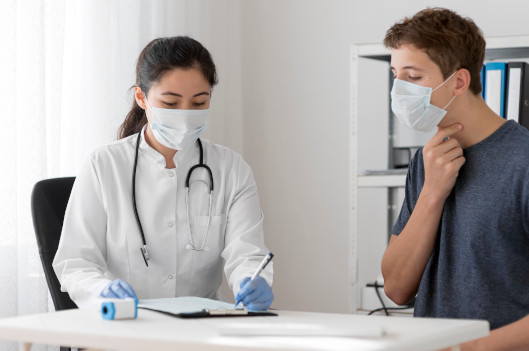
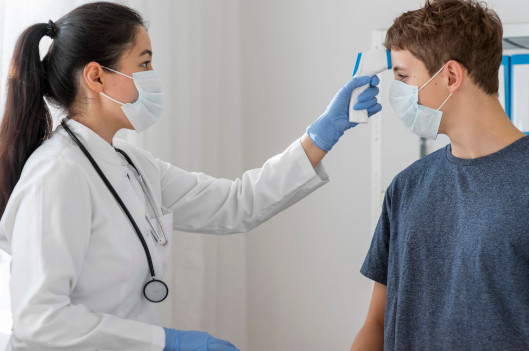

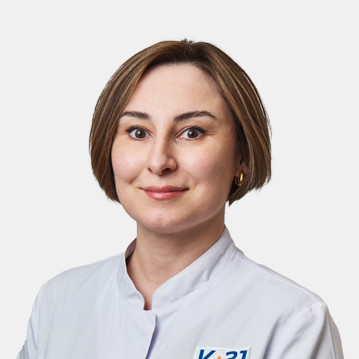
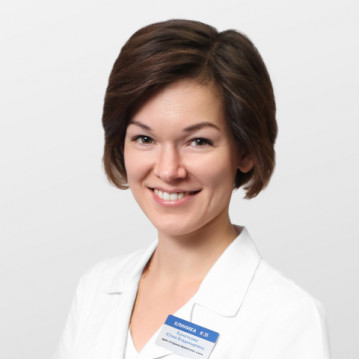

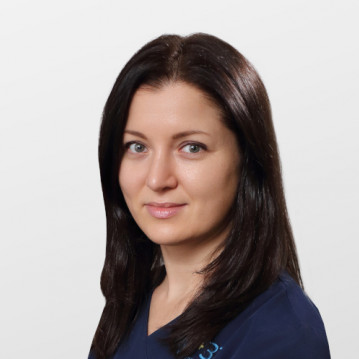
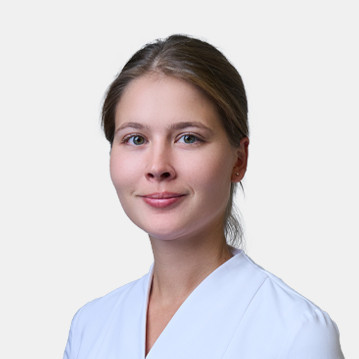
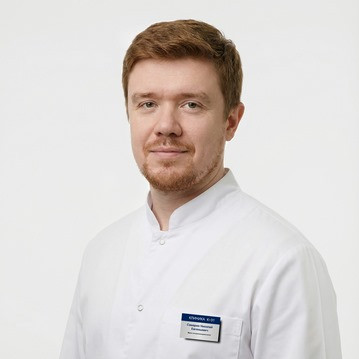
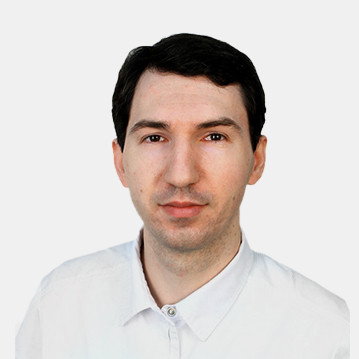
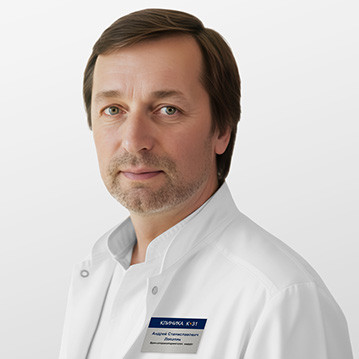
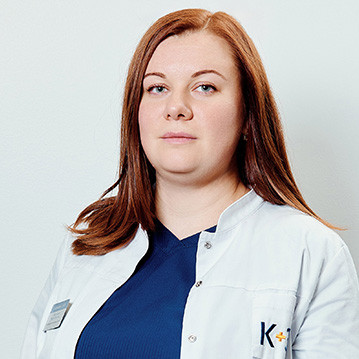
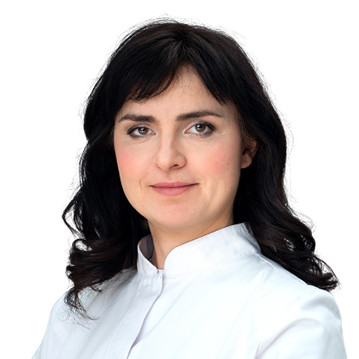

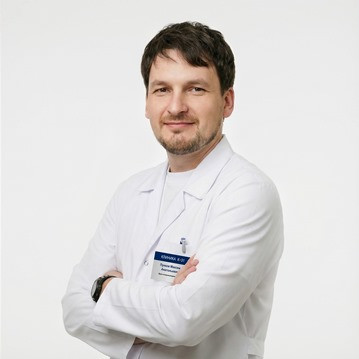
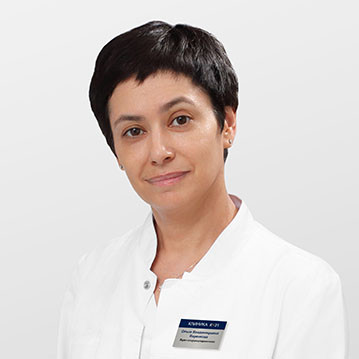
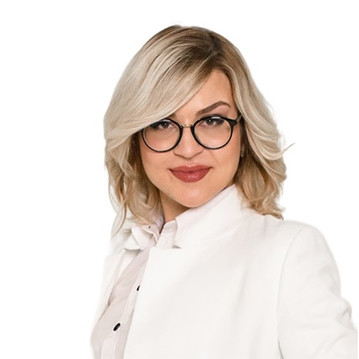
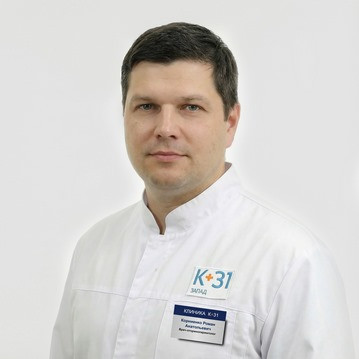
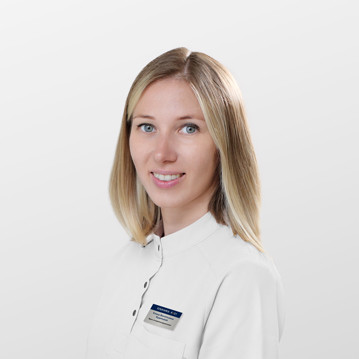
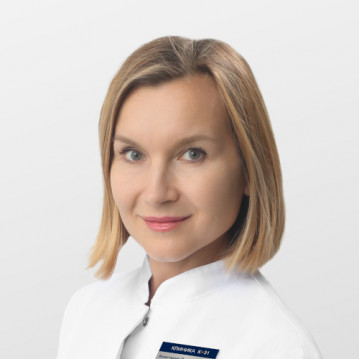
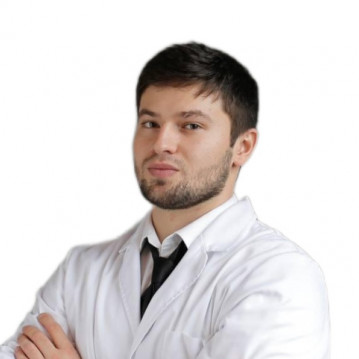

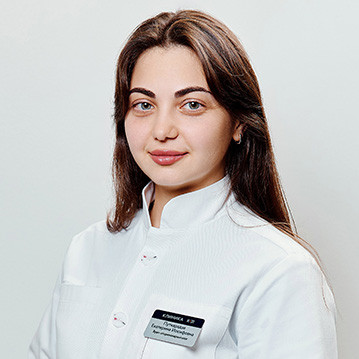
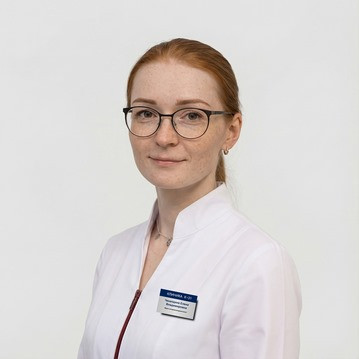
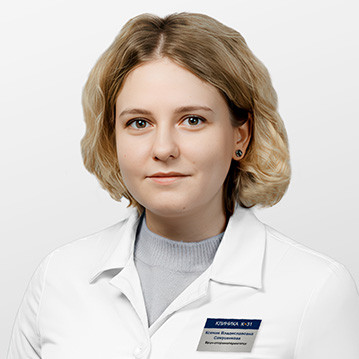
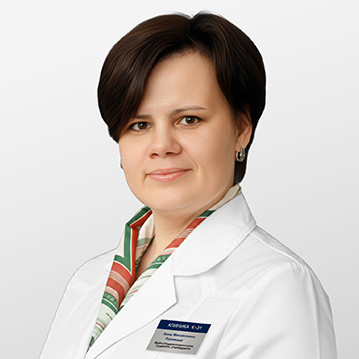

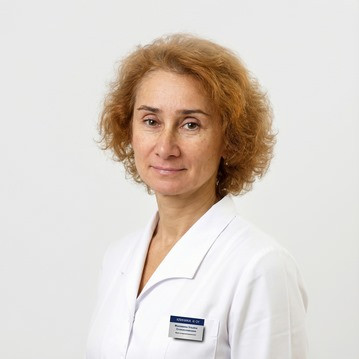







What is polysinusotomy?
Polysinusotomy is a surgical operation aimed at restoring normal ventilation and drainage of the sinuses. This in turn helps reduce inflammation and improve the general condition of the patient.
The procedure involves widening the natural openings of the sinuses through which secretions flow out. It is performed under both general and local anesthesia - it depends on the complexity of the case and the patient’s health condition.